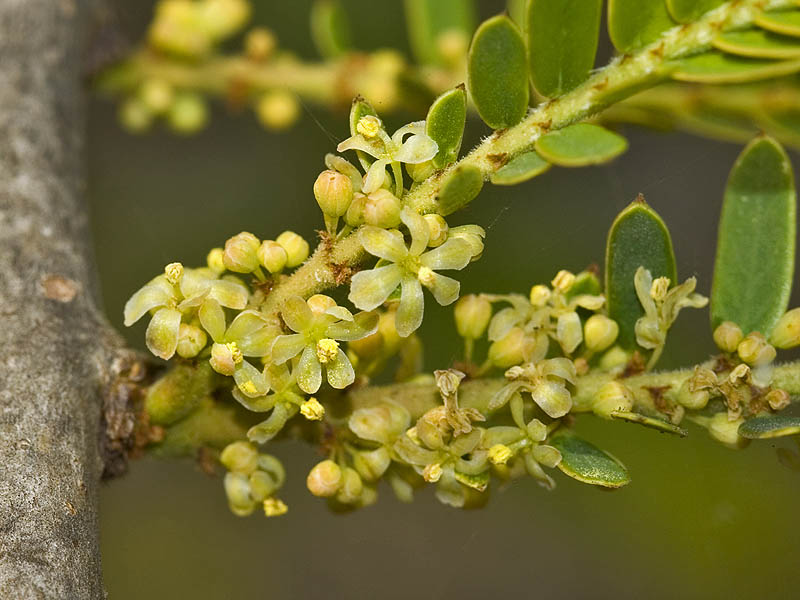Phyllanthus emblica L
Phyllanthus emblica L. (synonym: Emblica officinalis), commonly known as Indian gooseberry or amla, is a tree native to the Indian subcontinent.
Description
• Vernacular names: Nelli, നെല്ലി (Malayalam), Indian
Gooseberry (English), Dhatri (Sanskrit), Amla (Hindi), Nelli (Tamil)
• Height: Usually grows up to 8-15 meters (26-49 feet).
• Leaves: Alternate, simple or pinnate, with a glossy appearance.
• Flowers: Small, greenish-yellow, and appear in axillary clusters.
• Fruit: Small, round, greenish-yellow berries that ripen to a light yellow color.
Uses and Benefits
1. Medicinal Uses
• Rich in Vitamin C: Amla is known for its high vitamin C content, which supports the immune system.
• Antioxidant Properties: It has strong antioxidant effects, helping to combat oxidative stress.
• Digestive Health: Traditionally used to improve digestion and relieve constipation.
• Skin Health: Often used in skincare for its anti-aging and rejuvenating properties.
2. Culinary Uses
• Edible Fruit: Amla can be eaten raw, pickled, or used in various dishes and beverages.
• Traditional Preparations: Commonly used in Ayurvedic formulations and jams.
3. Cosmetic Uses
• Hair Care: Used in hair oils and shampoos to promote hair growth and scalp health.
• Skincare: Included in creams and lotions for its nourishing properties.
4. Cultural Significance
• Ayurveda: Amla is highly valued in Ayurvedic medicine for its numerous health benefits and is often referred to as a rejuvenating herb.


